I really enjoyed making this piece, with a very pronounced angle tip (tanto style) and a thin handle with my halberdier accent. First I’ve done in this type with a traditional Japanese grind.
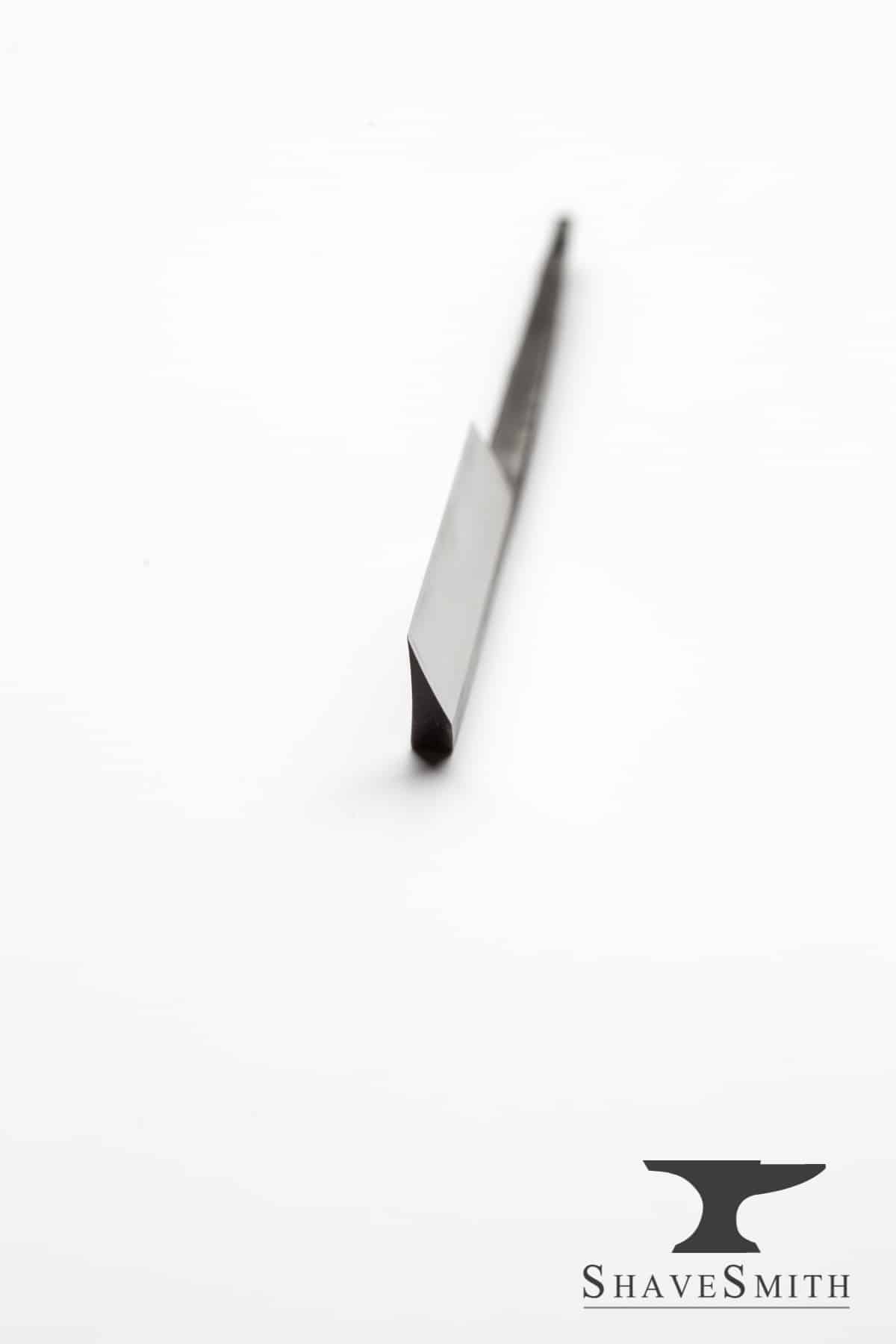
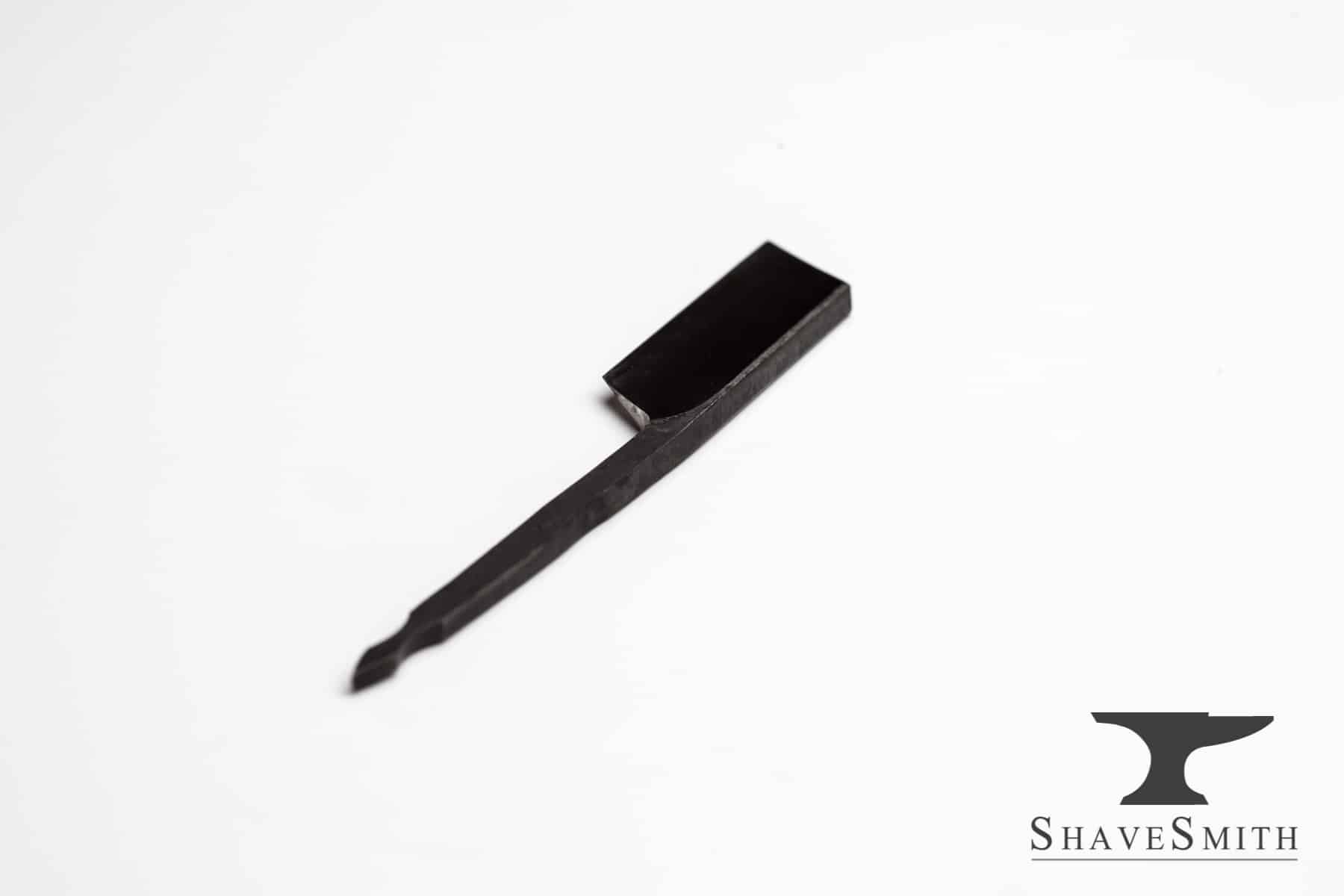
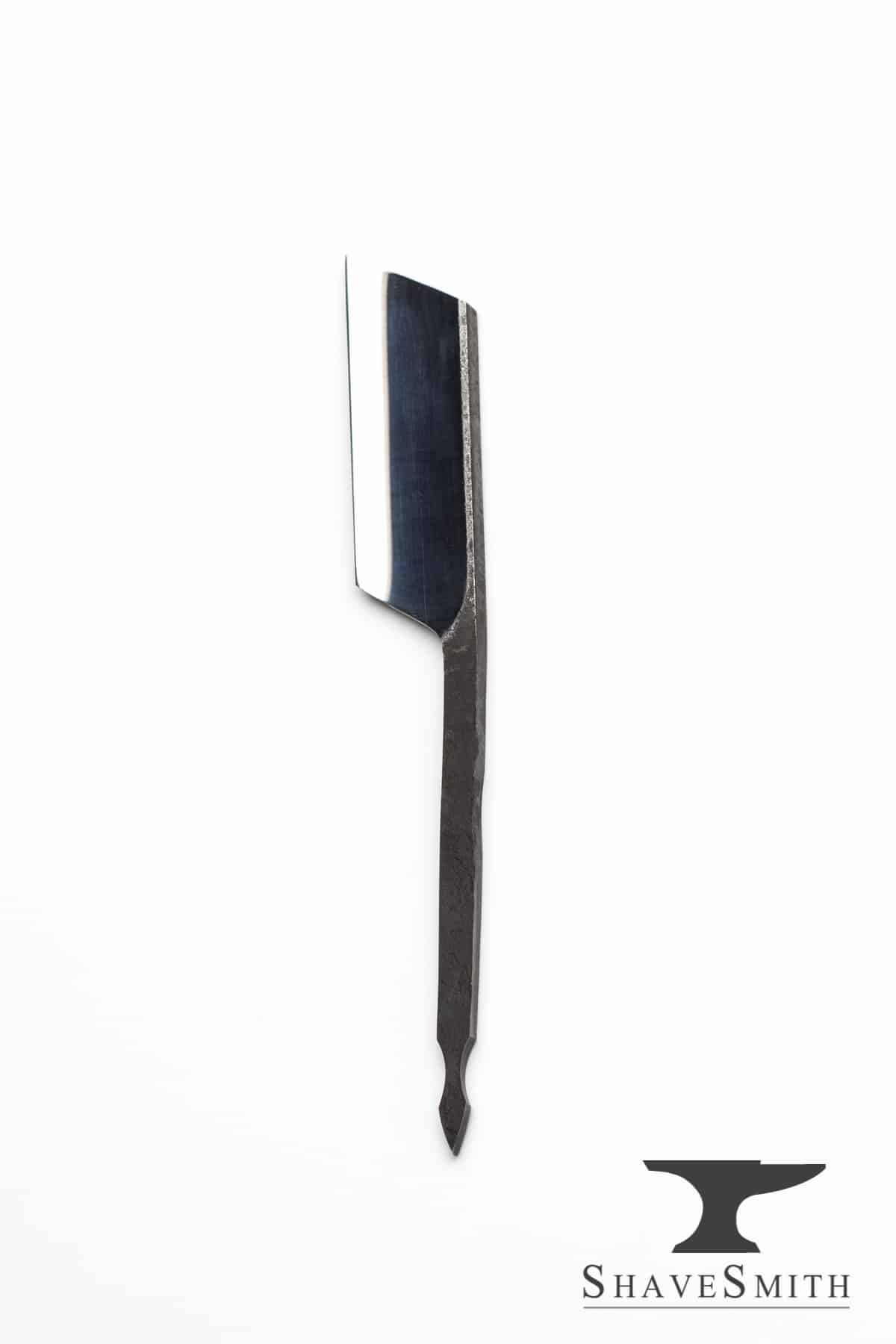
I really enjoyed making this piece, with a very pronounced angle tip (tanto style) and a thin handle with my halberdier accent. First I’ve done in this type with a traditional Japanese grind.



Sometimes I get a bit of history with the heirlooms that come into the shop.
This razor was in need of a new set of scales, and the edge required restoration. A bit of tarnish on the steel, but after holding it in my hands and taking a close look – it’s just age. One thing I cannot create.
I love blades like this. I want to keep the patina, and design alongside it. Not remove it. This tarnish is a sign that this razor has outlived us, and will continue to do so.
I restored this simply, and wanted to respect the steel as much as possible. The new handles I crafted are polished ox horn with a argentum silver wedge. Just a simple, traditional, elegant way to support a blade with a story.
Here’s the story of Thomas Melvin Smith, and this blade:
*account from the owner
Thomas Melvin Smith (1821-1908) was a soldier in the 2nd Co, 36th Rgt. of Confederate troops, a heavy artillery regiment that manned the guns at Fort Fisher, outside Wilmington, NC during the Civil War.
Fort Fisher was the Confederacy’s lifeline to the outside world due to the Union blockade and blockade runners frequently ran the blockade under the protective guns of the fort bringing badly needed medicine, ordinance, and supplies to the South.
All blockade runners had to carry a certain percentage of military goods on the inbound voyages and carried cotton to England on the outbound, but they were also allowed to bring in personal
merchandise which would sell for exorbitant prices to the beleaguered population.
Needless to say, not all blockade runners made it, and many ran aground off the beach by Fort Fisher. Since blockade runners ran the blockade at night, ships that ran aground were often unloaded in the darkness as much as possible before the Federal Fleet sighted the stranded ships at sunrise and shelled them into oblivion.
According to family lore, my grandfather helped to unload a stranded runner one night off the beach and procured this razor from the cargo. He took it home on furlough in late 1864.
Thomas Melvin Smith was captured with the entire garrison of the fort in Jan 1865 and sent to Elmira Prison in NY, where he miraculously survived and returned to NC in July of 1865.
From there, the blade was passed to his son, then grand-daughter, then to her daughter who gave it to her husband. I inherited the blade from him after he died in 1990.
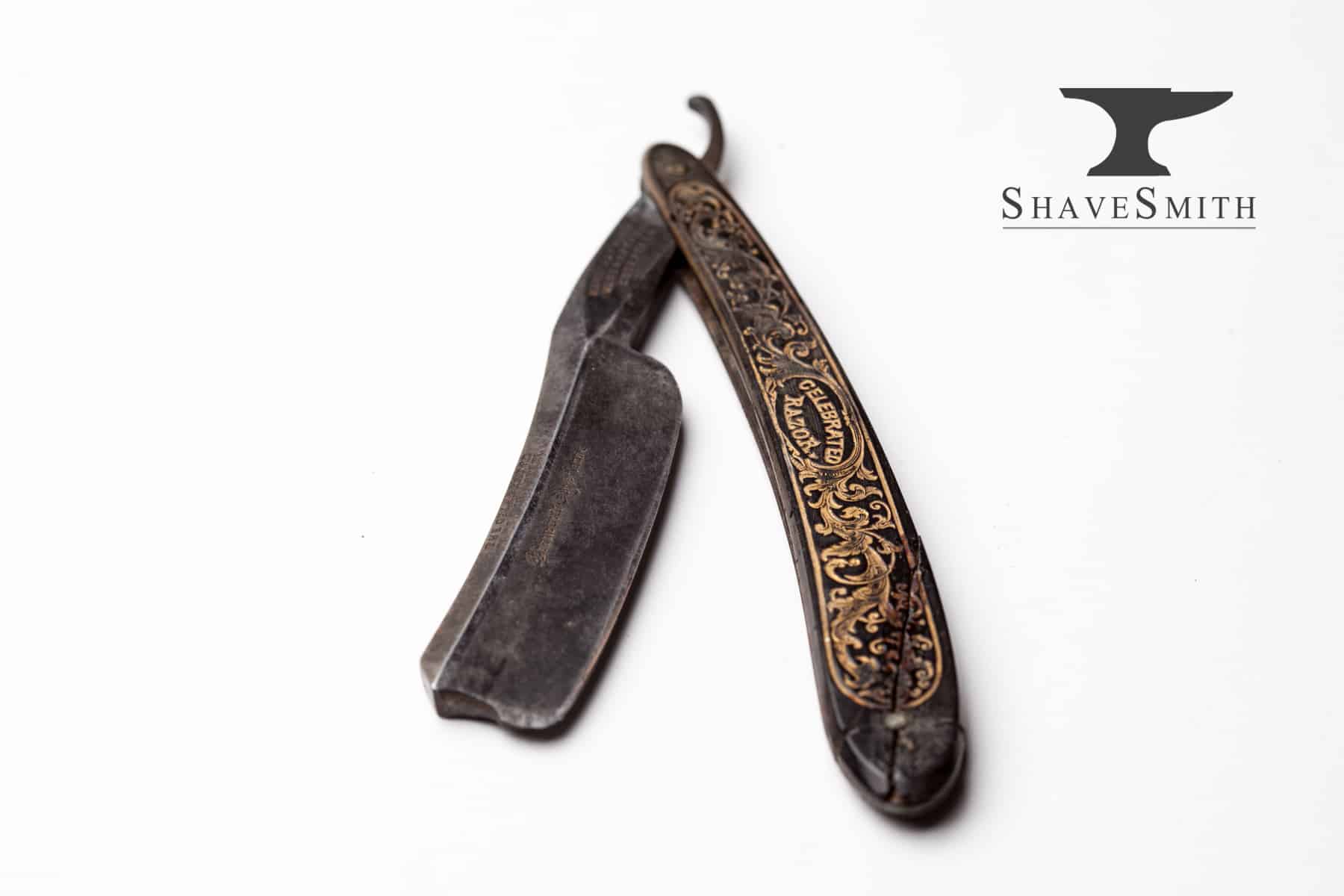
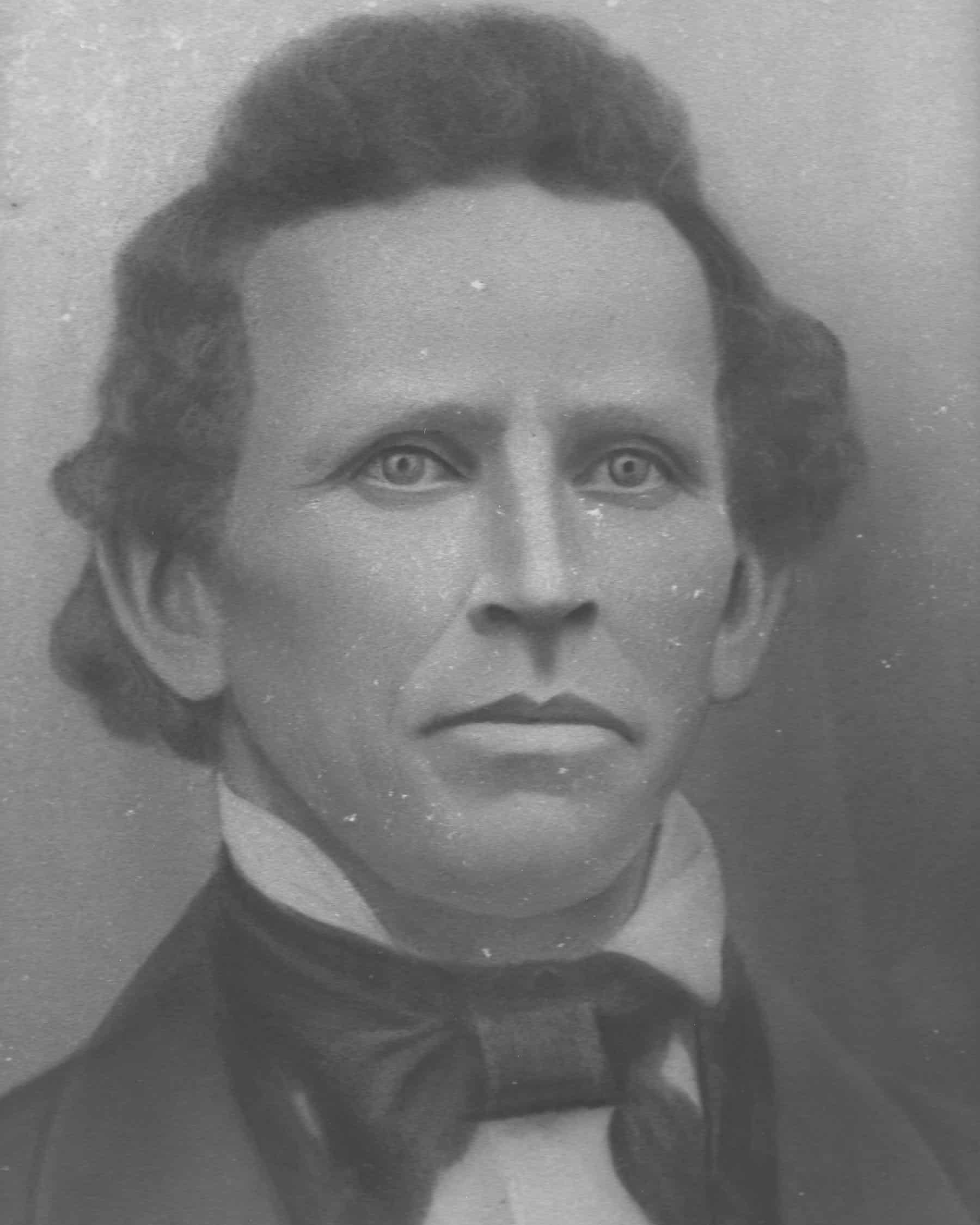
Seems only like summer started last week here at the shop. Spending a great deal of time creating some custom razors that I’m thrilled to be posting soon. Also, really excited for some partnerships that will be announced soon!
Till then, I’ve posted some great new blades in my store, check it out here.
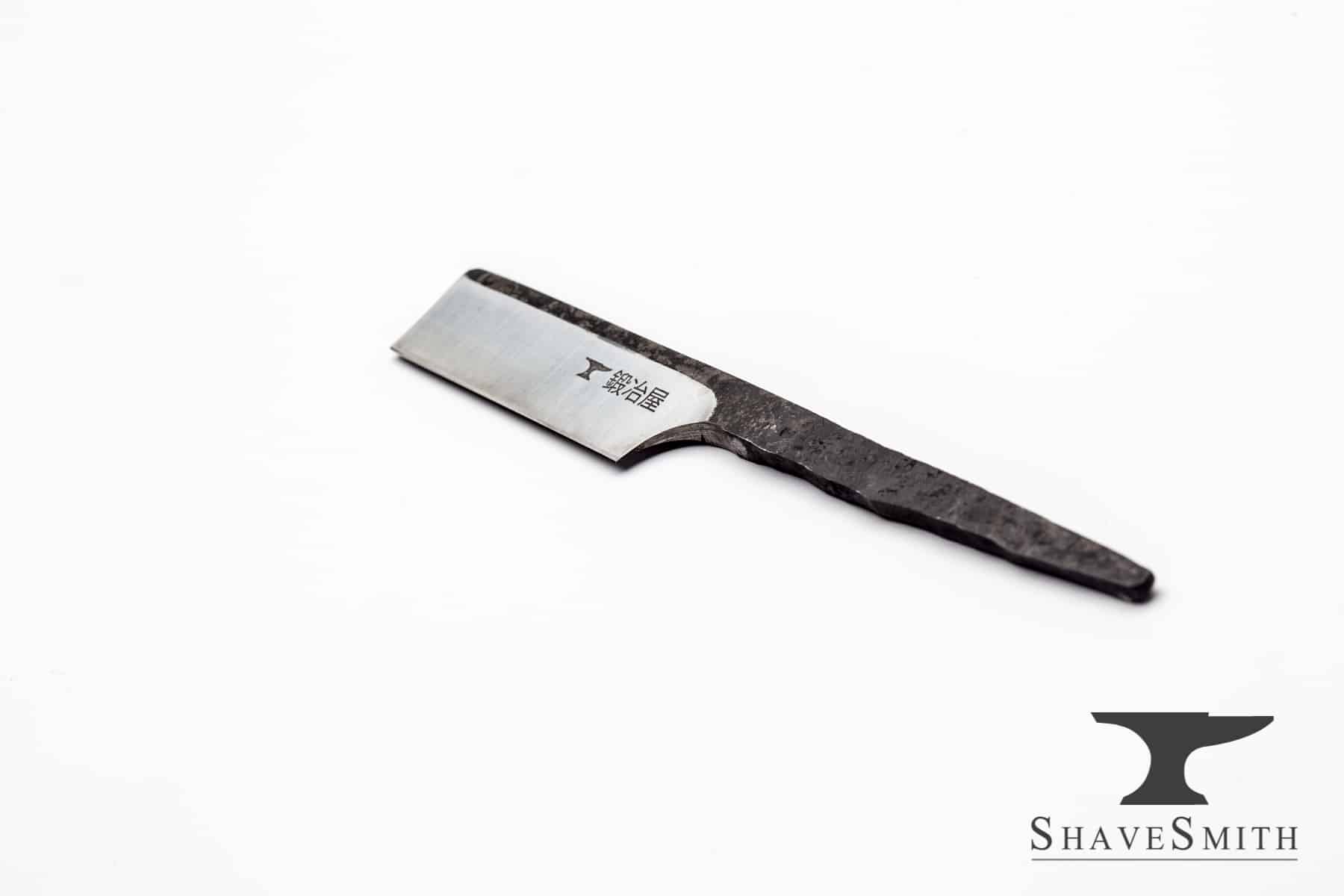
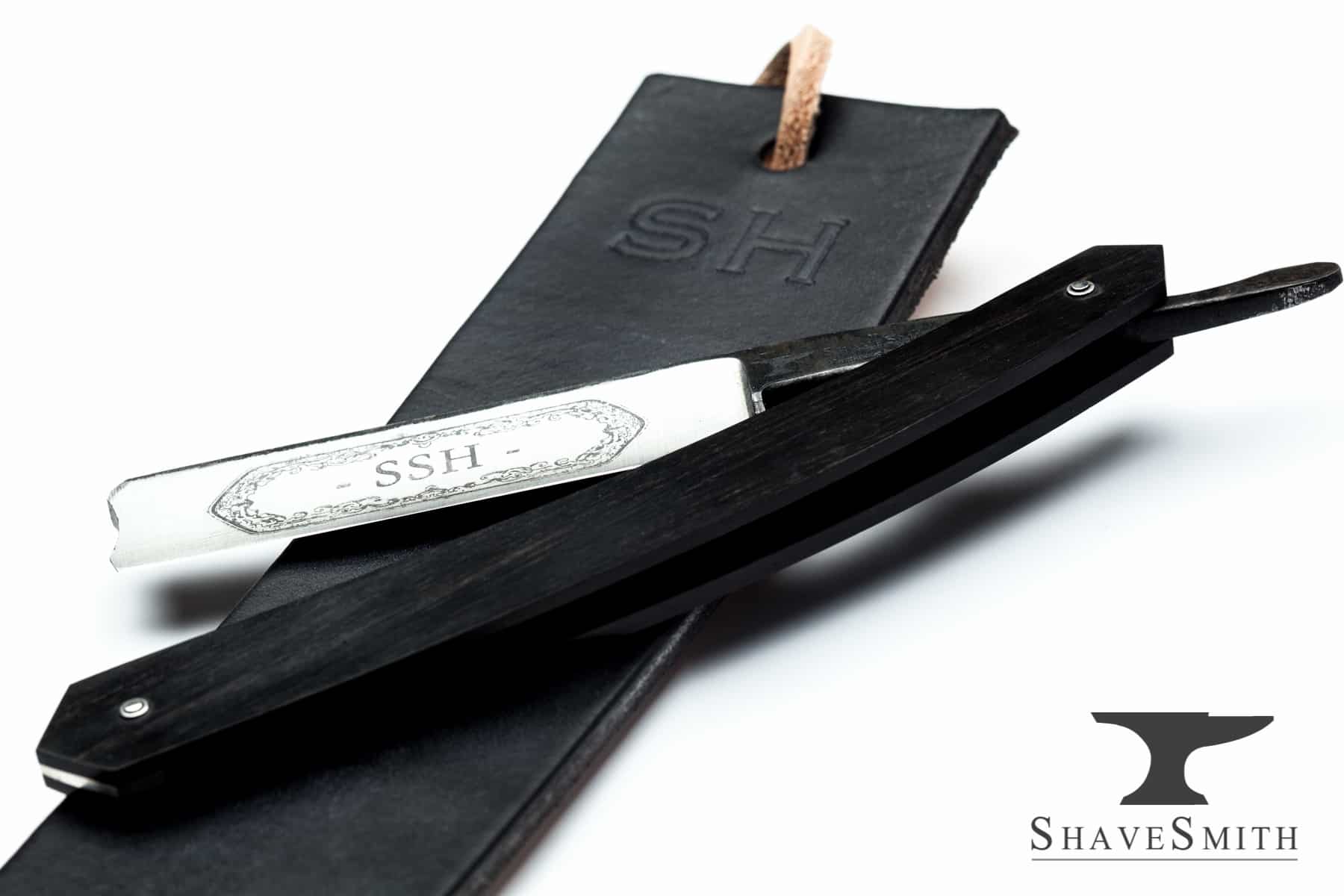
A fine blade monogrammed for the groom, and soon to be a family heirloom that can be passed down generations.
The polish to the ebony is so fine, in person it looks like a black mirror, and makes a striking connection with the fine silver wedge.
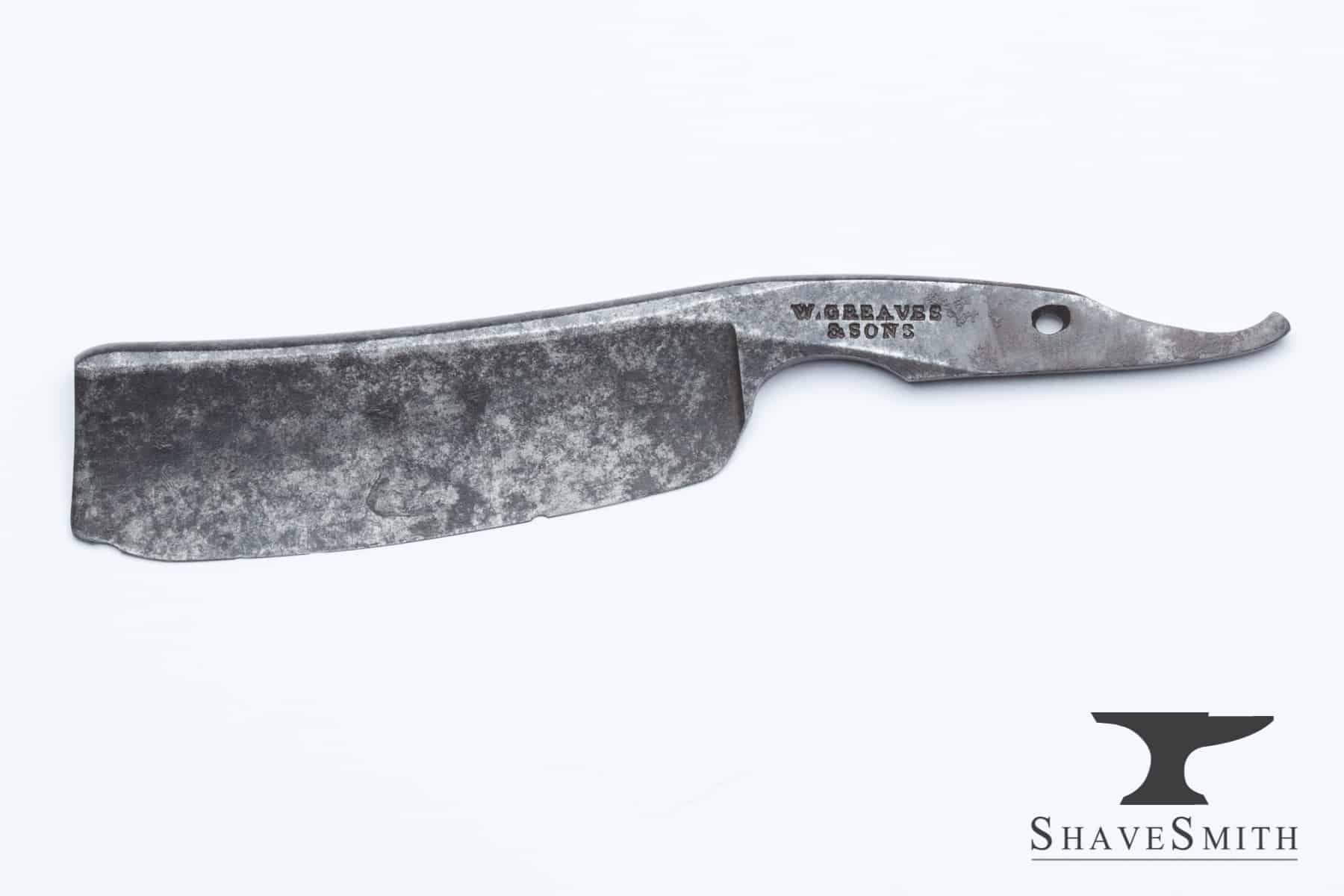
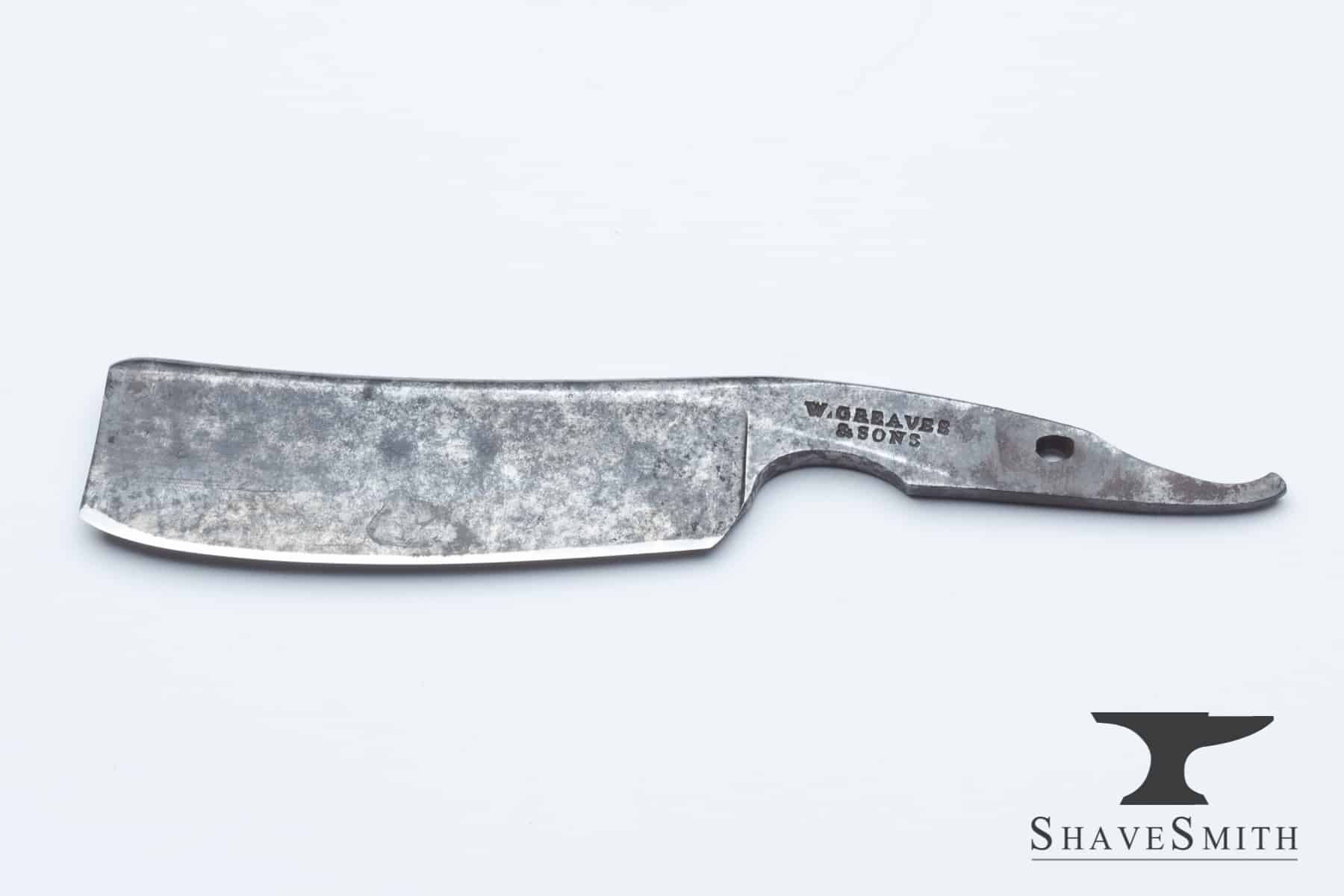
The blade came into my shop with a great deal of tarnish, age, pitting, etc. And it’s leaving my shop much the same.
I’m so very happy it still looks old.
I very carefully honed away the chips in this old wedge, and took the bevel to a brilliant polish. The age is fully intact, and the blade is ready for scales and a good shave. With care, this razor should be shaving keen and true for many years to come. Nothing is more satisfying than seeing a fully aged razor, contrasted with a fine shaving edge.


For a very special occasion, I set this fine vintage razor with a monogram on the blade steel.



“SPIKE” wedge vintage razor set in custom metal handles.
Christopher isn’t your typical craftsman. Some men are avid woodworkers; others restore classic cars. And even when some venture into the art and science of forging steel, they might focus on knives or swords—the sort of craft that might come to mind when you heard the word “bladesmith.”
But Christopher is a rare bladesmith, because he specializes in forging and restoring straight razors—the kind our grandfathers might have shaved with, and which are finding resurgent interest from the younger generation.
His love of bladesmithing began by learning from his father, a knife maker, but his interest in straight razors came later. Like many men, he remembers his first shave. He’d grabbed a cartridge blade and begun shaving, but quickly realized that it was important to not do it alone—that he should be taught. He fetched his father, who showed him the ropes, while his proud mother looked on. Some teenagers might have felt self-conscious about the experience, but not him.
“It was having a really unique experience where you learn something,” he said. “And I really wanted a ritual in the process. Straight razors really give that to you.”
Those would come later. While in college, he found his grandfather’s straight razor and taught himself how to shave with it. He was soon buying straight razors from antique shops and learning to hone them. He restored razors for two years before learning how to craft and repair handles, and his work steadily increased. By 2014, it was clear that his hobby had become a job.
Today, he works as a straight-razor bladesmith 12-plus hours a day—yet his passion has never wavered. “It’s still as much a hobby as it is a business,” he said. “When I keep this in mind, I make razors that make me happy.” As a man with a background in environmental science, he has a keen sense of how a straight razor is the antithesis of a disposable one. He’s restored razors as old as 200 years, which represents some serious reducing, reusing, and recycling.
“I like the idea of having a single piece of equipment that, if you take care of it, it takes care of you,” he said. “And I don’t like how most things are now built to be thrown away. A straight razor battles a throwaway mindset.”
Besides a ritual, a hobby, and a business, his craft is also a deep passion and an art. And it transcends those titles when he hears the nostalgic tale behind an old straight razor or the personal story of why someone embraced shaving with one. “Bladesmithing is a rare and artful form of crafting,” he said. “The story that people create behind the piece is just as valuable as actually using it.”
He’s also very attached to every razor he creates. It’s a process that happens over a month, culminating with him test-shaving with it. He even audits his own forging regularly, breaking a sample from a new batch of blades just to examine the steel grain under a microscope to ensure that the batch meets his high standards. For any man who enjoys shaving, a straight razor gives him something everlasting in a disposable world. It’s something, he says, that can make the simple act of shaving a very personal and powerful ritual. In our fast-food, quick-and-easy society, something as simple as shaving can be a relaxing, fulfilling experience that provides great emotional support.
“A straight-razor shave is a moment in your day when you actually have to stop and do something for yourself, by yourself,” he said. “You take care of yourself and learn something. I think that journey is what people find interesting.”
howtobehenry.com supports artisans in the U.S.A, and sponsored this article written by David M. Fitzpatrick.
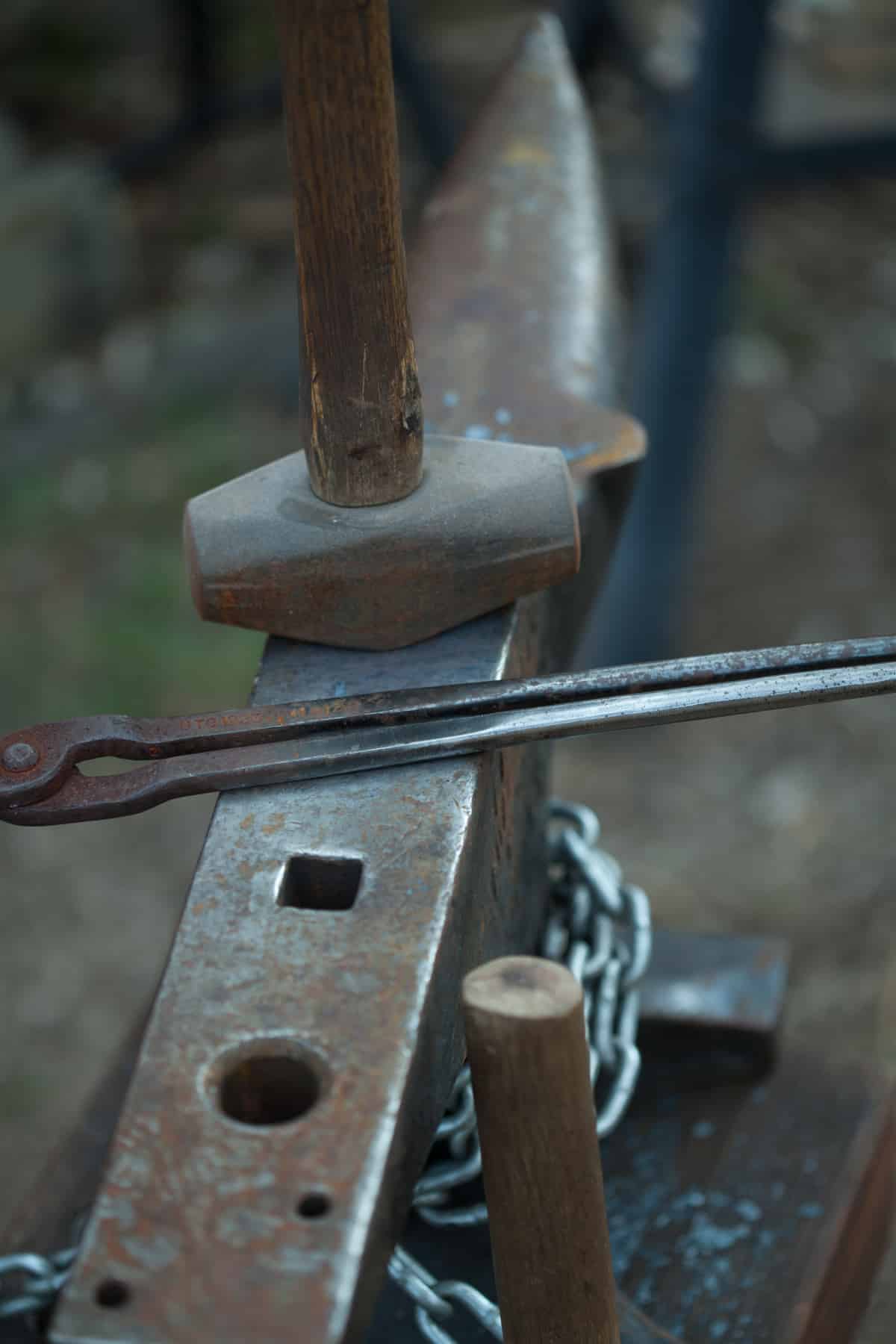
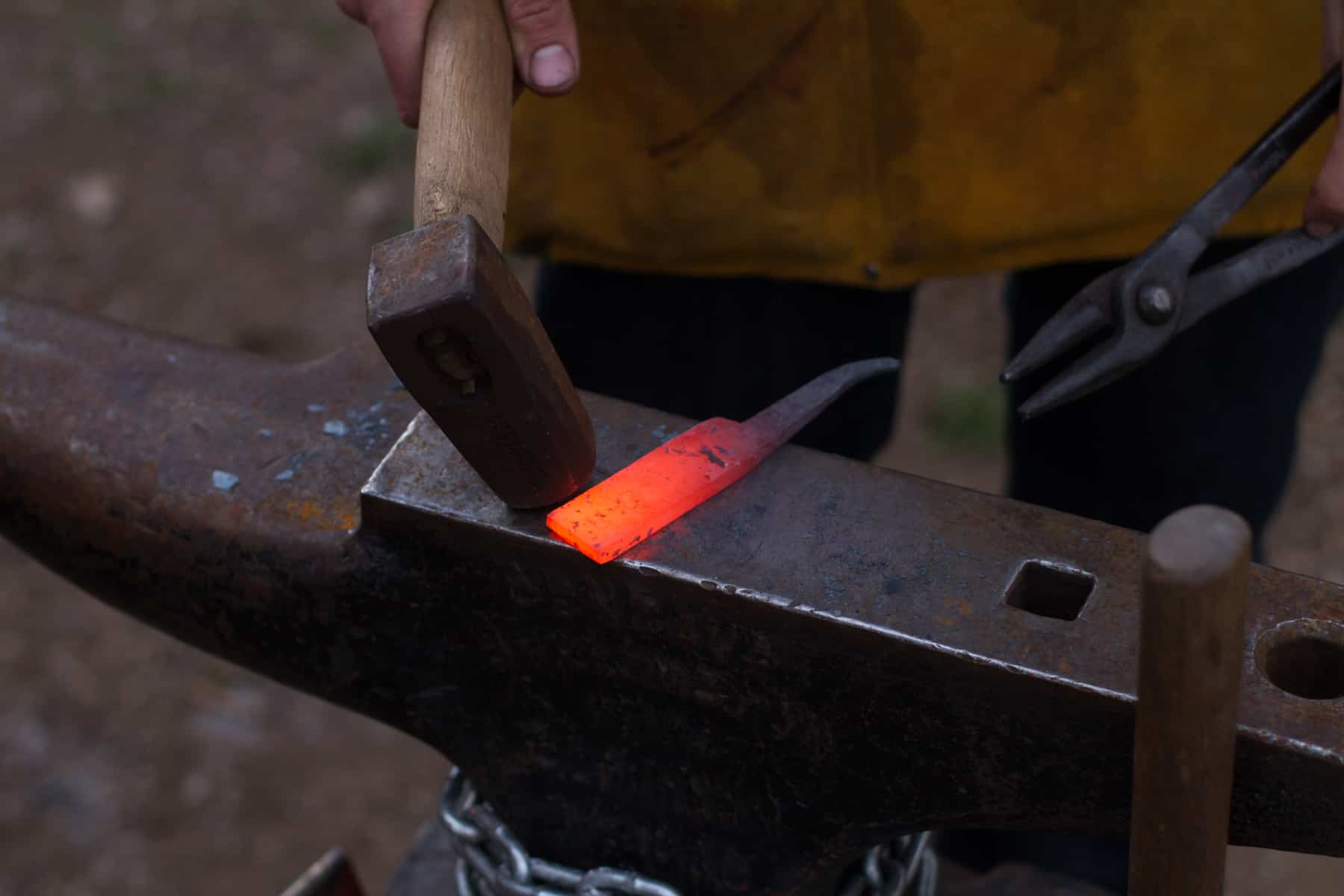
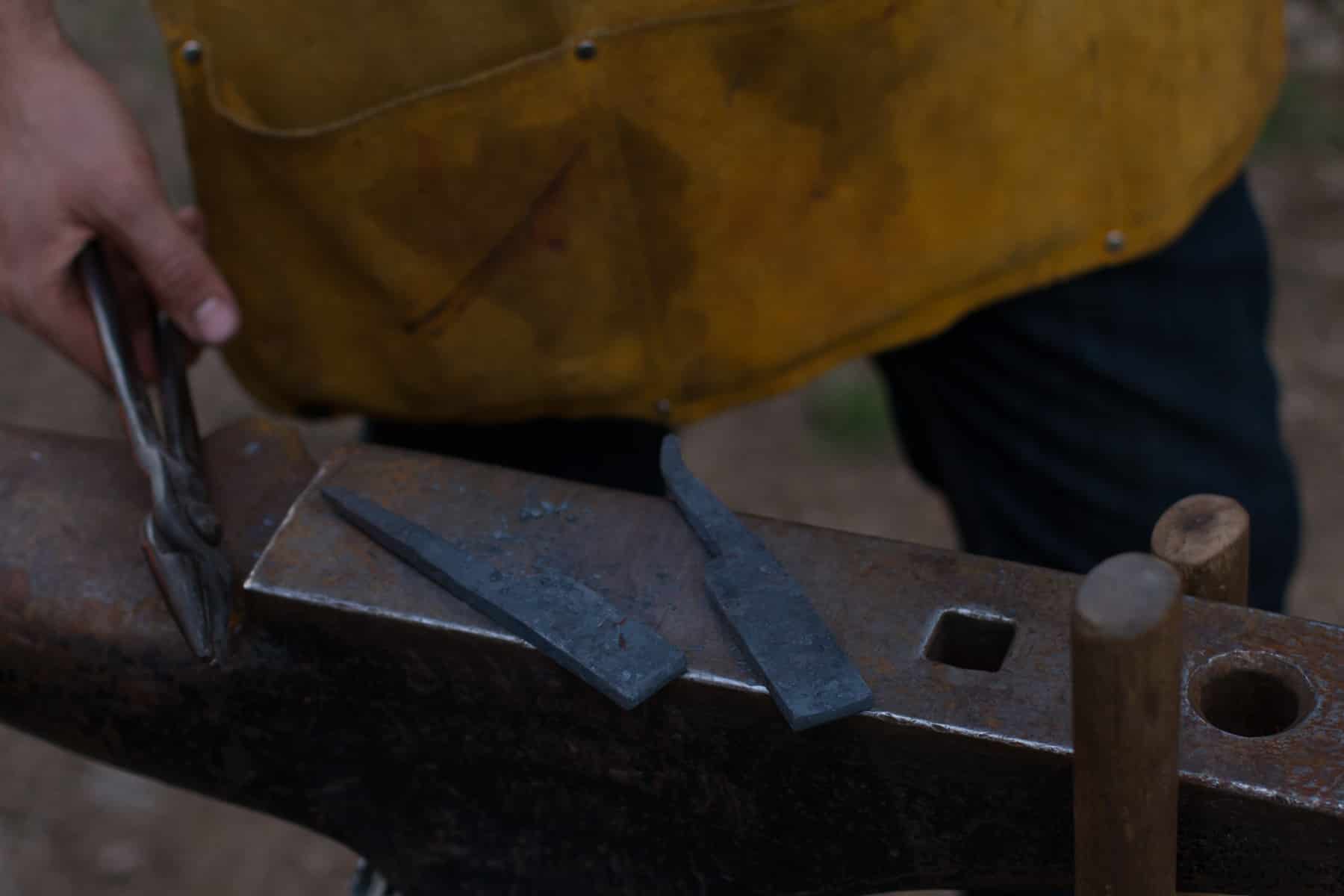
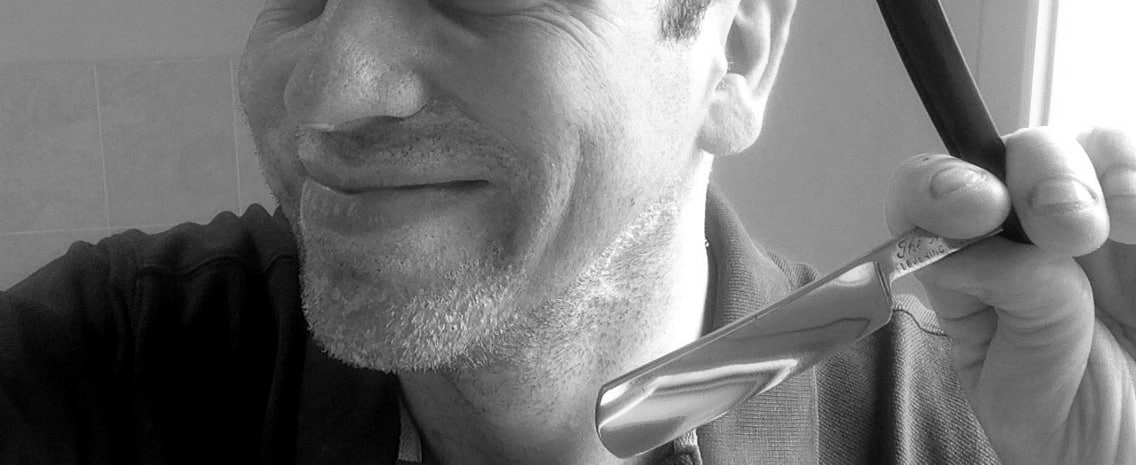
I can’t explain how happy it makes me when I get photos from folks using my blades.
Martin W. is just starting the journey with a straight, and picked up one of my beginner vintage kits that featured “The Artist” straight razor, and a very nice full grain vegetable tanned classic strop.
I don’t know whether it was the shipping overseas, or if he just wanted to put the blade to the test, but he decided the first shave would be with 5 days of growth. Trying this on a cartridge razor would quickly dull and choke it out, clogging the unnecessary layers of blades. As you can see above, a single blade, and a single pass is all you need.
I put a good deal of time into the edges of my work, and finish on a very rare vintage escher barber’s hone (one that many of the fine cutlers of the late 1800’s and early 1900’s would have used), and finish on one of my strops. Happy to see it’s shaving as hoped. And makes me even happier to see the blade got a great home.
Check out Martin’s razor Here.
-Christopher
